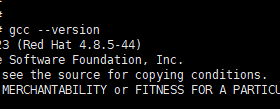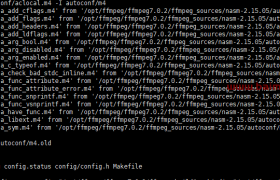2. Using Python on Unix platforms — Python 3.12.2 documentation
2.5. Custom OpenSSL
- To use your vendor’s OpenSSL configuration and system trust store, locate the directory with
openssl.cnffile or symlink in/etc. On most distribution the file is either in/etc/sslor/etc/pki/tls. The directory should also contain acert.pemfile and/or acertsdirectory.$ find /etc/ -name openssl.cnf -printf "%h\n" /etc/ssl
- Download, build, and install OpenSSL. Make sure you use
install_swand notinstall. Theinstall_swtarget does not overrideopenssl.cnf.$ curl -O https://www.openssl.org/source/openssl-VERSION.tar.gz $ tar xzf openssl-VERSION $ pushd openssl-VERSION $ ./config \ --prefix=/usr/local/custom-openssl \ --libdir=lib \ --openssldir=/etc/ssl $ make -j1 depend $ make -j8 $ make install_sw $ popd
- Build Python with custom OpenSSL (see the configure
--with-openssland--with-openssl-rpathoptions)$ pushd python-3.x.x $ ./configure -C \ --with-openssl=/usr/local/custom-openssl \ --with-openssl-rpath=auto \ --prefix=/usr/local/python-3.x.x $ make -j8 $ make altinstall
欢迎来撩 : 汇总all



